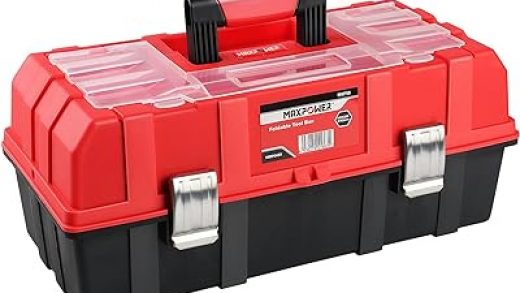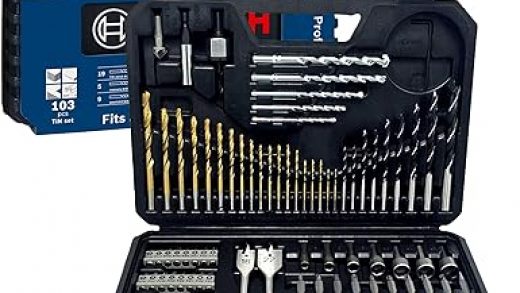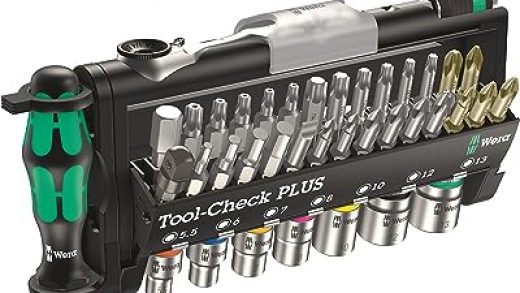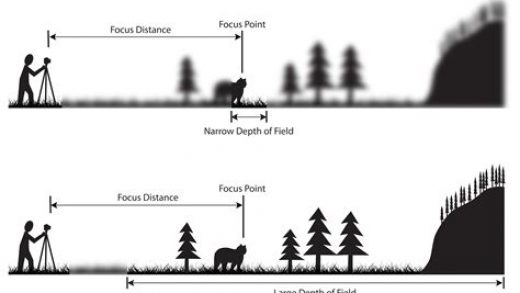The world of pianos is diverse, offering various options for musicians and enthusiasts. Among these, the acoustic piano, digital piano, and electric piano each have unique characteristics and sound production mechanisms.
Acoustic pianos, the standard in the piano world, produce sound through mechanical hammers striking strings. This traditional method offers a rich, authentic sound. In contrast, digital pianos generate sound electronically. They often come with a variety of sound options, including classical, jazz, and stage piano sounds. Their compact size makes them portable and convenient for various settings. Digital pianos like the Yamaha NV10 blend grand piano keyboards with digital technology, offering an authentic feel and advanced features like the Yamaha Education Suite, ideal for beginners.
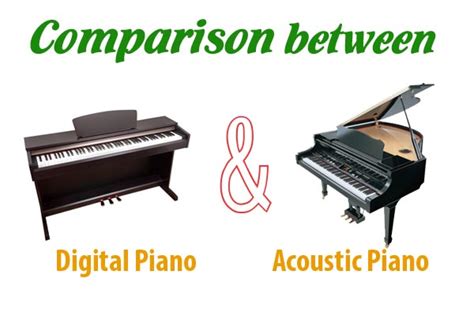
Electric pianos, on the other hand, use mechanical hammers that strike metal strings or reeds, producing vibrations that are converted into electrical signals. This creates a distinctive sound different from acoustic or digital pianos. For those starting their musical journey, models like the Casio LK-S450, Yamaha EZ-220, and The ONE Smart Piano Keyboard with 61 lighted keys are excellent choices. They provide interactive learning experiences and are suitable for both beginners and intermediate players.
Keyboards often feature a range of 61 to 88 keys, mimicking the Western musical scale’s twelve-note system. They may include features like touch-sensitive keys, built-in sound libraries, and user-friendly interfaces. The SHEIRIN digital piano, for instance, offers 88 weighted keys and a hammer action, making it a great beginner’s instrument. Additionally, the Artist Hand Digital Piano and other similar 88-key models come with features like weighted keys, pedal options, and built-in speakers, enhancing the playing experience.
Each type of piano offers its unique advantages, catering to different preferences and requirements. Whether it’s the classic feel of an acoustic piano, the versatility of a digital piano, or the unique sound of an electric piano, there’s an instrument for every pianist.

